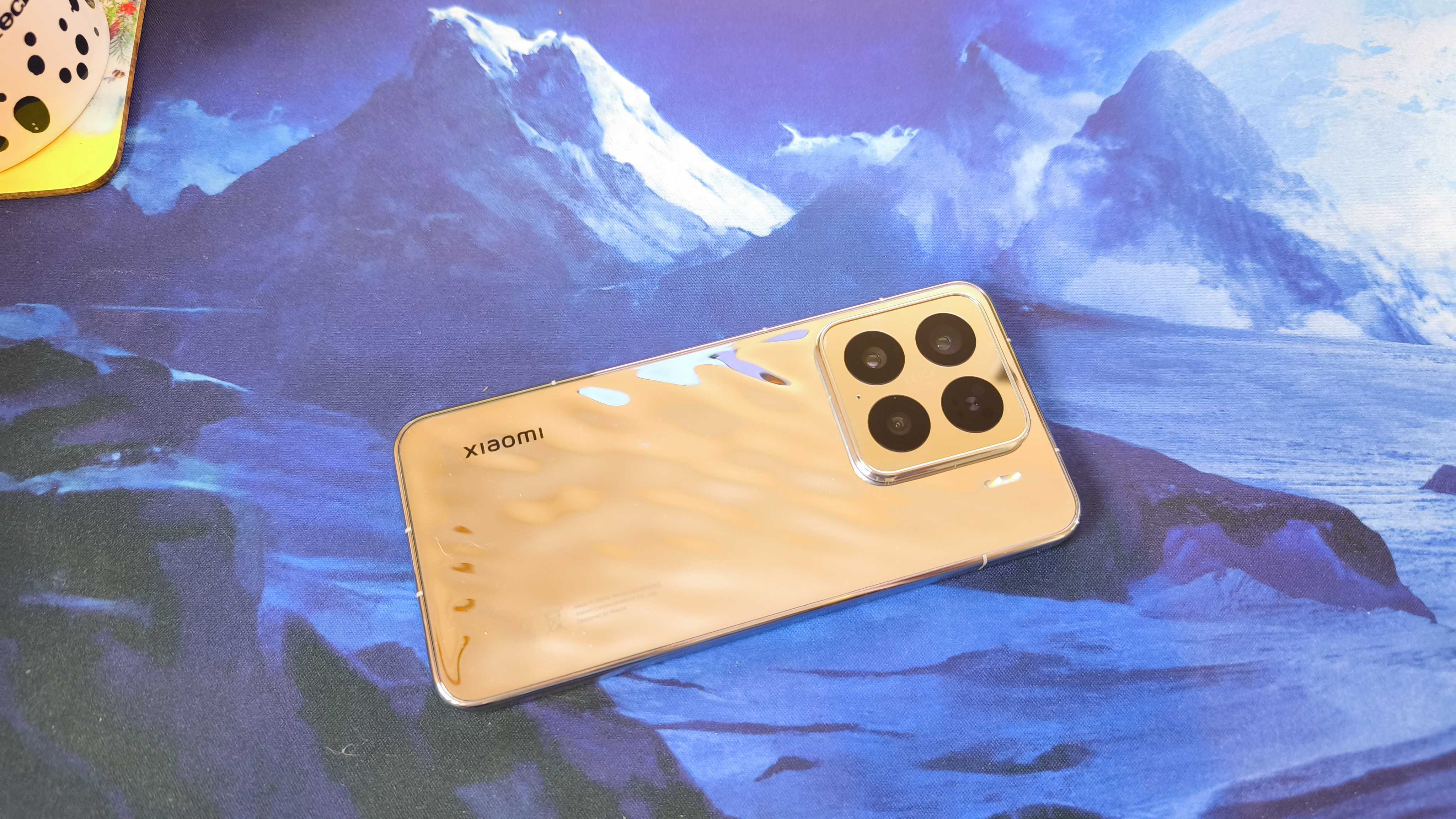Our Verdict
At first glance, the Xiaomi 15 doesn't look like a massive upgrade from the 14, but delve deeper and you'll find profound improvements from its already sensational predecessor. The camera is as great as ever, with even the base 15 capable of up to 8K video capture, alongside the best portrait/landscape/night/macro photo combo on the market. It's also possibly the most powerful smartphone ever, with a 45-50% jump in CPU performance from the 14 leaving Samsung and other Android rivals scrambling to catch up. Xiaomi is no longer an upstart; it's a true leader.
For
- Unbelievable power
- Big W for the Leica camera array
- Undercuts Samsung and iPhone on price
Against
- Battery life still not the best
Why you can trust Creative Bloq
The Xiaomi 15 I got in for review made an immediate impression upon unboxing (actually, before unboxing too, because it arrived in a mini-briefcase with a tumbler lock), as what greeted me was perhaps the most eye-catching back I've ever seen on a camera phone: a sea of wavy silver makes sure it's the centre of attention even before you flip it over to the black mirror side and switch it on.
Once this very, very shiny device is up and running, the mission statement at Xiaomi is obvious. The Xiaomi 15 is intended to not just be a slightly cheaper alternative with comparable tech to the best camera phones on the market; it's meant to blow down the doors, blind its Samsung, Apple and Google rivals on entry and then kick their metaphorical teeth in. While still being slightly cheaper.
And boy, does it succeed.
Xiaomi 15 review: Key specifications
Chipset | Qualcomm SM8750-AB Snapdragon 8 Elite (3nm), Phoenix Octa-core |
Memory: | 12-16GB |
OS: | HyperOS 2 (based on Android 15, up to 4 major Android upgrades) |
Storage: | 256GB-1TB |
Screen size: | 6.36in |
Screen type: | LTPO AMOLED |
Resolution: | 1200x2670 |
Refresh rate: | Max 120Hz |
Peak brightness: | 3,200 nits |
Rear camera: | 50MP f/1.6 main; 50MP f/2.0 telephoto w PDAF, OIS, 2.6x optical zoom; 50MP f/2.2 ultrawide |
Front camera: | 32MP f/2.0 |
Ports: | 1x USB-C 3.2 Gen2 w/DP support, OTG |
Wireless connectivity: | WiFi 7, Bluetooth 6.0, NFC, Infrared |
Dimensions: | 152.3 x 71.2 x 8.1/8.4/8.5mm |
Weight: | 189/191/192g |
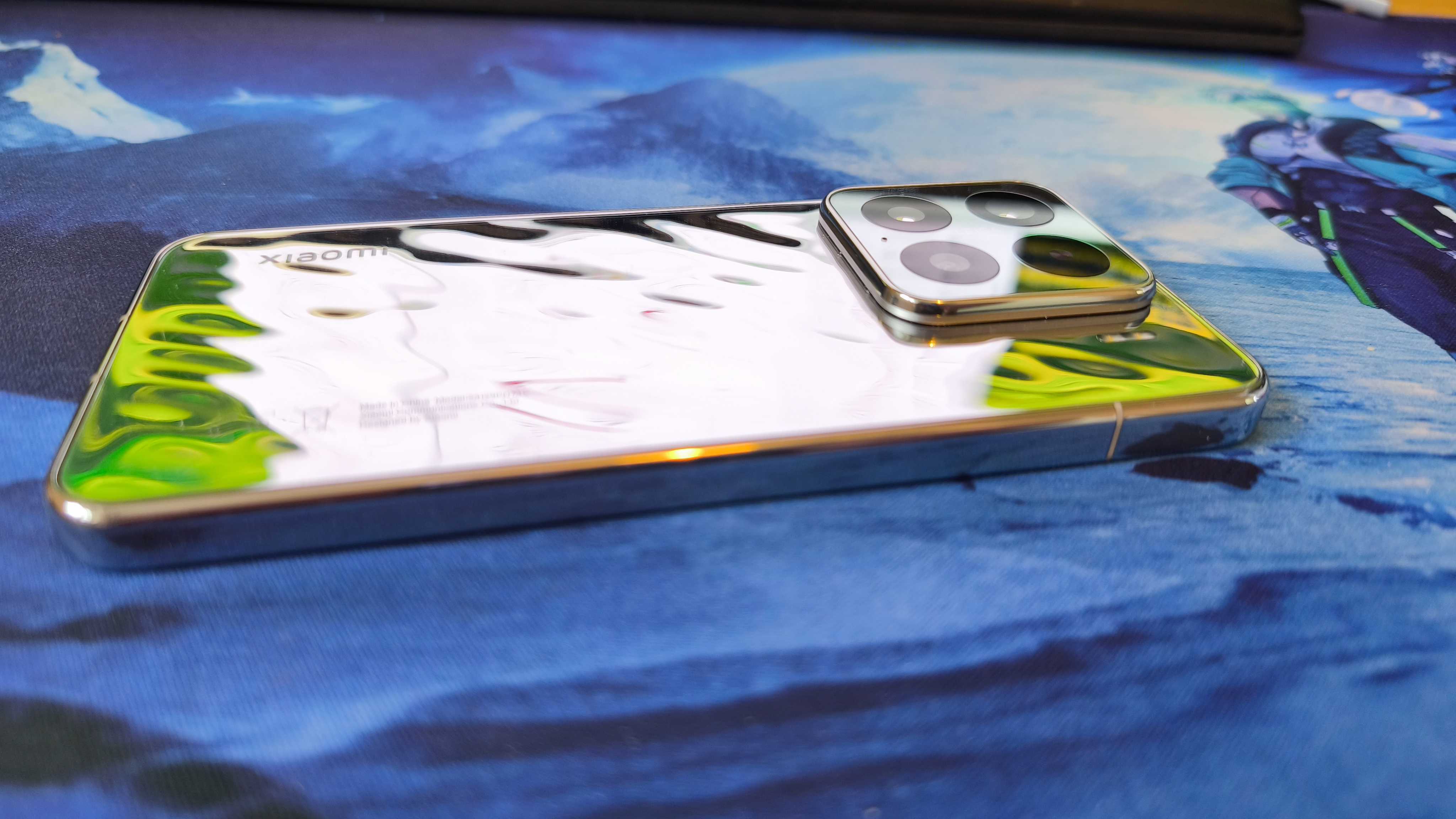
Design and display
• Striking Liquid Silver colour variant
• Great screen-to-body ratio
The Xiaomi 15 design and build is almost, but not quite, identical to last year's Xiaomi 14. While retaining the same-sized 6.36-inch AMOLED screen, the overall dimensions have contracted ever-so-slightly by half a millimetre on the long side and 0.3mm width-wise, which means the screen-to-body ratio gets a bump from 89.3% to 90%.
It's available in four colours in the western hemisphere, Black, White, Green and finally a Liquid Silver that will either impress, dazzle or bewilder you, based on your tolerance for shininess. My test unit, I'm absolutely beside myself to announce (if it wasn't already blindingly clear from the pictures above), is the latter.
While the casing is otherwise the well-established phone standard of 6M42 aluminium alloy, this particular back is made from heat-bent glass (so bumps the weight up a few grams) and incorporates real physical waves across its surface. It's at once remarkably smooth and reassuringly tactile, and of course aggressively instagrammable too.
Daily design news, reviews, how-tos and more, as picked by the editors.
One concern I had before laying my grubby mitts on it was that this particular frame might take me on an express train to Smudge City, so I was entirely unsurprised when it immediately got covered in smudges. My microfibre cloth has been crying out for overtime pay all week as a result. When polished, though, it does look positively stunning. This might therefore be perhaps the first phone in the history of phones where the included see-through case often included might actually be the best one available.
The big black side is still the one to pay more permanent attention to, though. Here we get an iterative update of last year's 6.36-inch screen, with the same size and resolution as before, but instead of Corning Gorilla Glass Victus protection, we now get Xiaomi Shield Glass, as Xiaomi is taking its screen manufacturing completely in-house. The max brightness gets a bump from 3,000 nits to 3,200, both astronomical figures that when applied to the real world mean you can see everything on it clearly even on a bright, sunny day.
Design score: 4.5/5 (or 5/5 if you wear microfibre gloves every day)
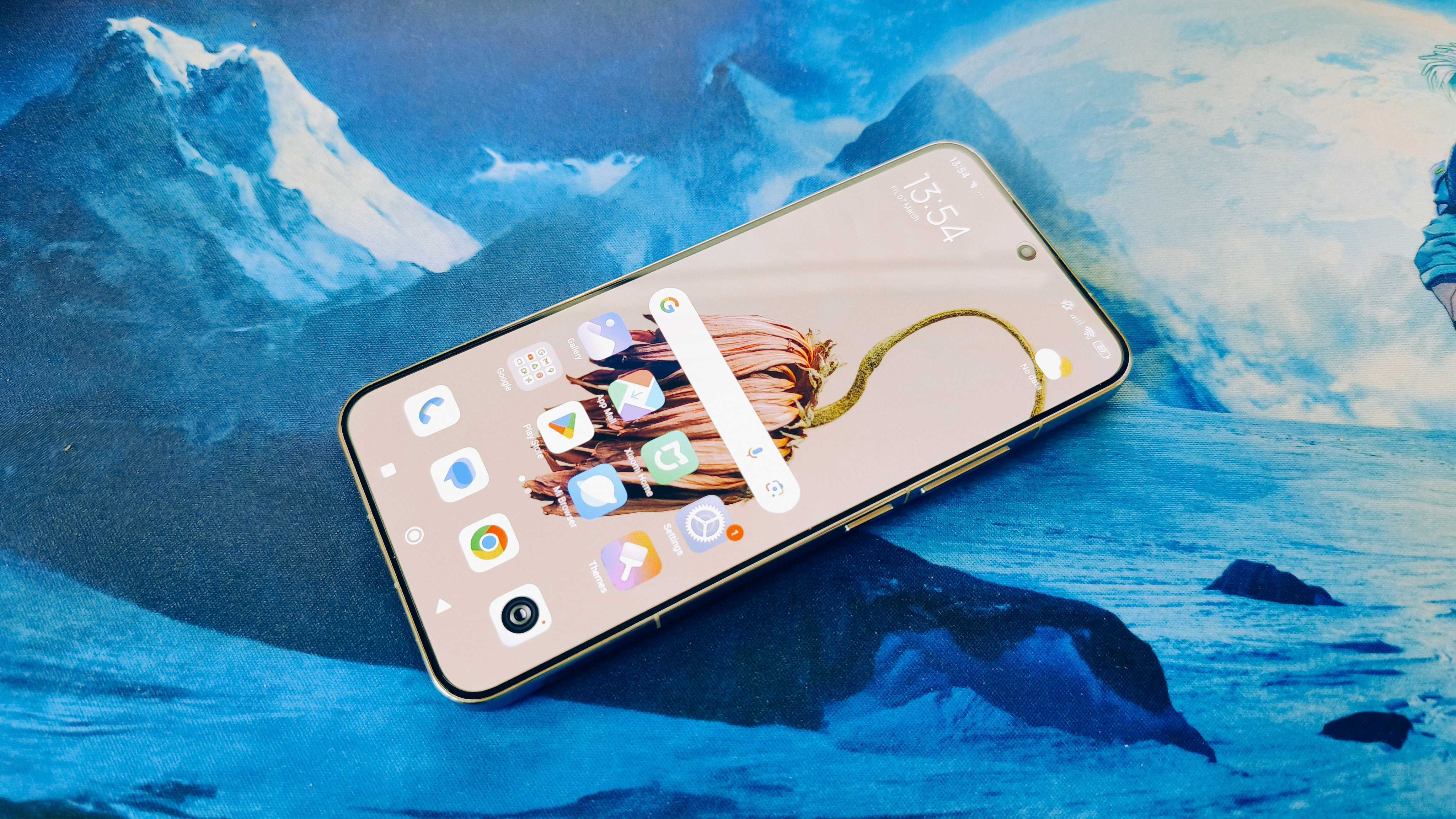
Features
• Bigger battery than before
• Latest on-board software
The Xiaomi 15 offers up 12GB of RAM on its base model, with 16GB on the ones above it, with storage of up to 1TB. There's no card slot, though, so you'll have to make do with what you get (and get secure cloud storage). The lack of a card slot might be the only downer in this section, though, because what you do get is the latest generations of WiFi, Bluetooth, NFC, Infrared and global positioning features, and the stereo speaker offers both volume and depth of sound, capable of 24-bit Hi-Res audio output.
There's an under-display fingerprint reader, accelerometer, proximity sensor, gyroscope, compass and barometer on board too, with a noticeable bump in battery specs from the 14. After the 4610mAh battery may have been the weakest part of the Xiaomi 14, the 5240mAh one on board here erases any fears of running out of juice within even the busiest photo-shooting, video-calling, emailing and messaging-heavy workday. I eked out over 16 hours in the PCMark for Android Battery life test, which simulates a barrage of everyday use while running the battery from 80 to 20%. For comparison, the Xiaomi 14 managed just under 12 hours in the same test, so while claims of 50% increase in battery life may be slightly exaggerated, it comes close enough to not pick at it.
The USB-C port supports DisplayPort, so you can hook your phone into an external monitor if you so choose, and it also supports fast charging at up to 90W, while the wireless charging can juice the phone up at a rate of 50W. That means I could charge it to full from near-empty in only 35 minutes, while charging it wirelessly took it from 4% to 100% in just under an hour.
One thing that has hampered Xiaomi's spread in the US is its phones' lack of support for Band 71 (used by many leading networks), but the Xiaomi 15 appears to have that support, so the only thing seemingly standing in Xiaomi's way now is the brewing tariff wars...
And then there's the cameras...
Feature score: 5/5
Cameras

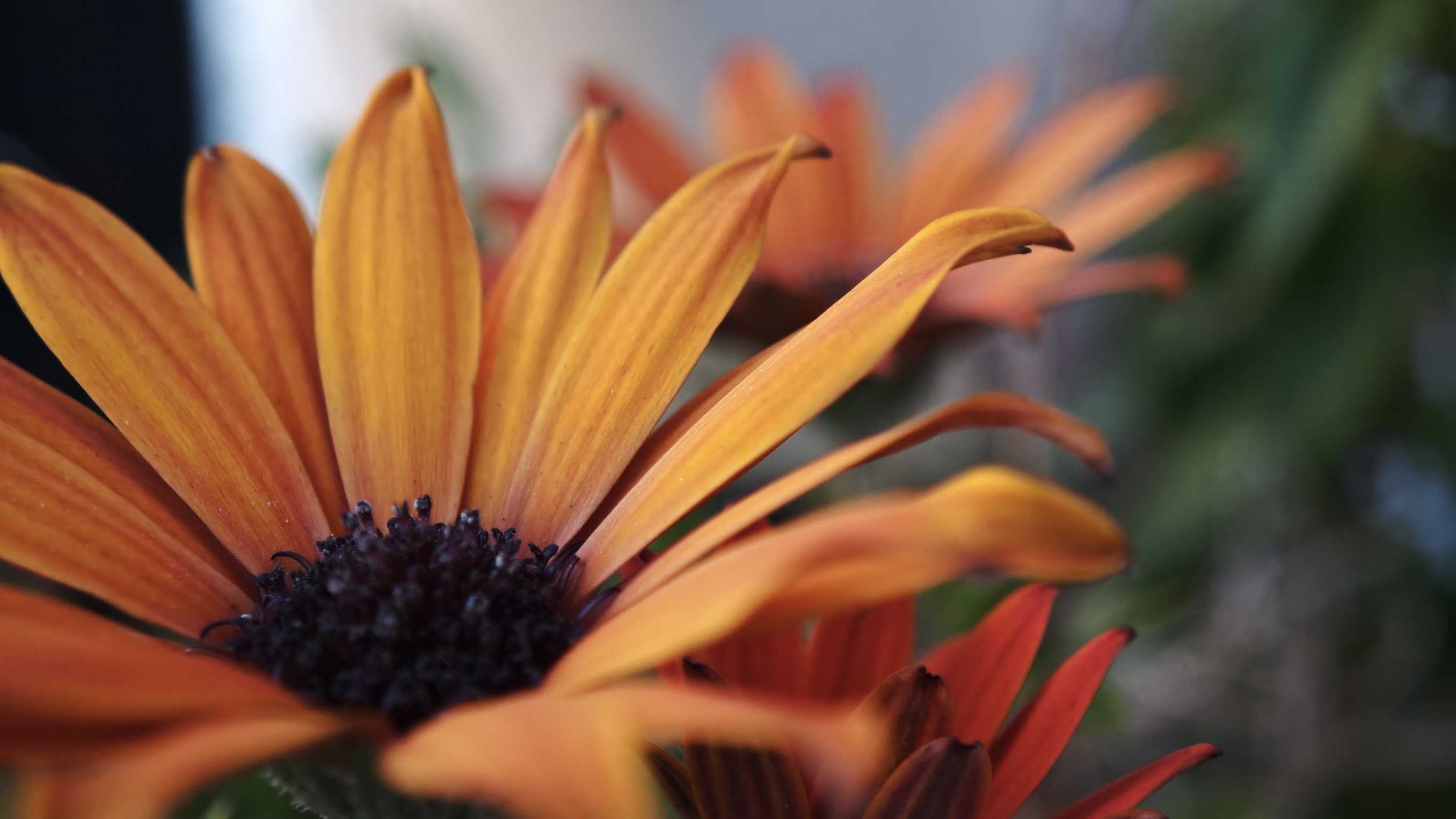
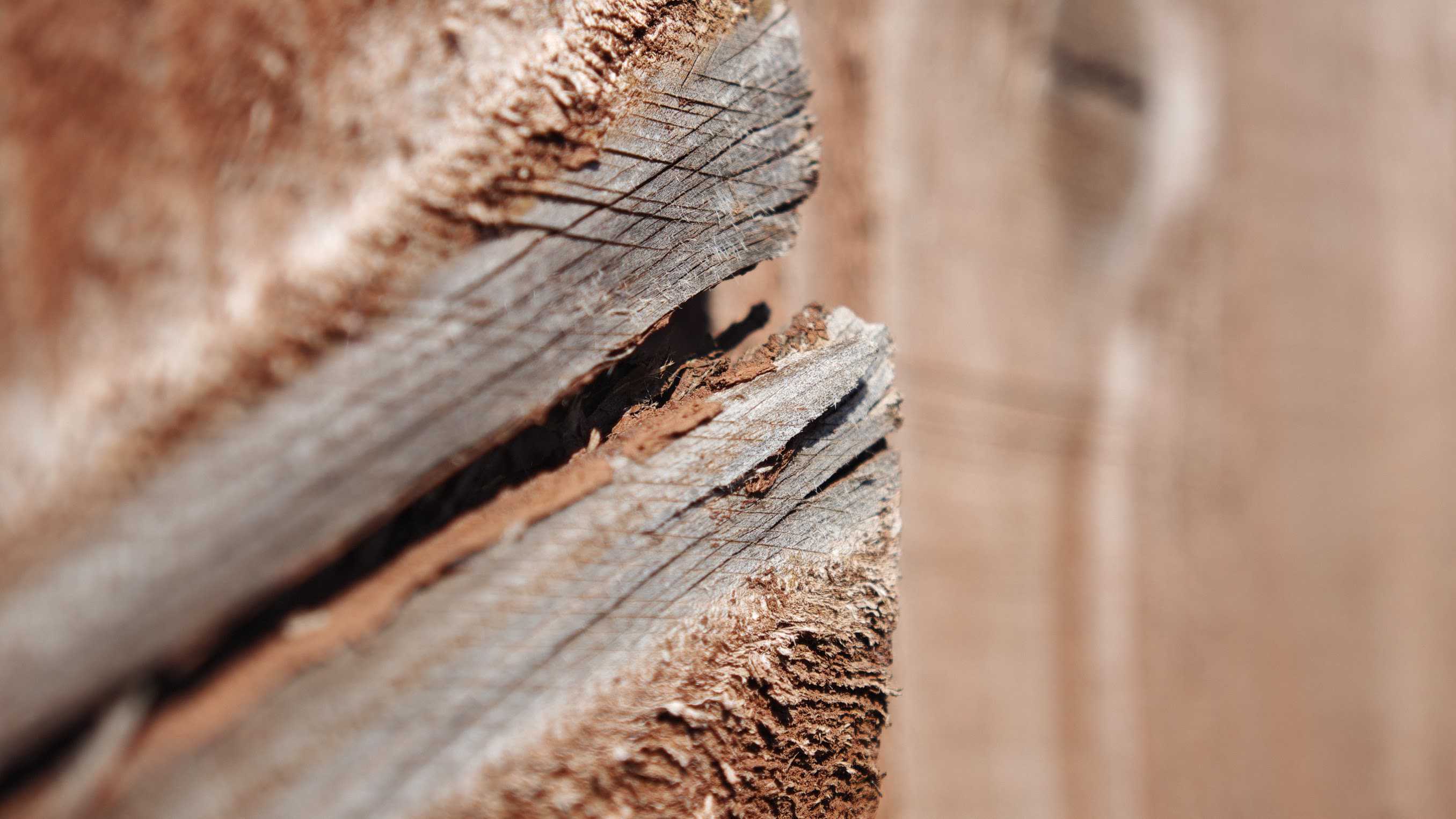

• First-rate hardware
• Feature-rich camera and editing suite
You've seen me wax lyrical over the Leica-engineered camera in the Xiaomi for two generations already, with both the 13 and 14 models placing Xiaomi as one of our absolute top choices when it comes to discerning smartphone photography consumers. The 15 features the same sensor as the 14, and the headline specs are largely the same, with 8K video capture now available at 30fps (up from 24fps) while the telephoto lens is now a 60mm spec (the 14 had 75mm).
The camera, as before, works wondrously well both for still images and video, with the image stabilisation working wonders on my trembly hands when shooting video, and my cat getting as annoyed as ever at my attempts at animal portraiture. Which by the way looks amazing using the AI-assisted animal portrait function in the camera.
In-camera controls are plentiful as ever, with the app upgraded from the 14 (and the same as in the Xiaomi 14T Pro) to offer a live filter preview and more creative camera functions than before, from fully manual to an 'AI Camera' that will automatically adjust all settings for a sleek (if slightly generic) look and feel. There's even an 'Assist cam' function, where you can wirelessly link up another camera to shoot concurrently with the phone's camera.
My favourite, as always, is the Super Macro, though. I love ultra close-ups of both flora and fauna and I'm yet to encounter a camera phone that does precisely that as satisfyingly as the Xiaomi.
Camera score: 5/5
Benchmark scoring
| Header Cell - Column 0 | Header Cell - Column 1 | Xiaomi 15 | Samsung Galaxy S24 Ultra | Google Pixel 9 Pro |
|---|---|---|---|---|
GEEKBENCH 6 | CPU Single-core: | 3052 | 2130 | 1885 |
| Row 1 - Cell 0 | CPU Multi-core: | 9320 | 6660 | 4387 |
| Row 2 - Cell 0 | GPU OpenCL: | 18,410 | 14.141 | 6903 |
PC MARK FOR ANDROID | Work 3.0: | 18,480 | 18,045 | 13,239 |
| Row 4 - Cell 0 | Battery life: | 16h 24m to 20% | 15h 44m to 20% | 14h 19m to 20% |
| Row 5 - Cell 0 | Storage 2.0: | 170,028 | 32,460 | 33,415 |
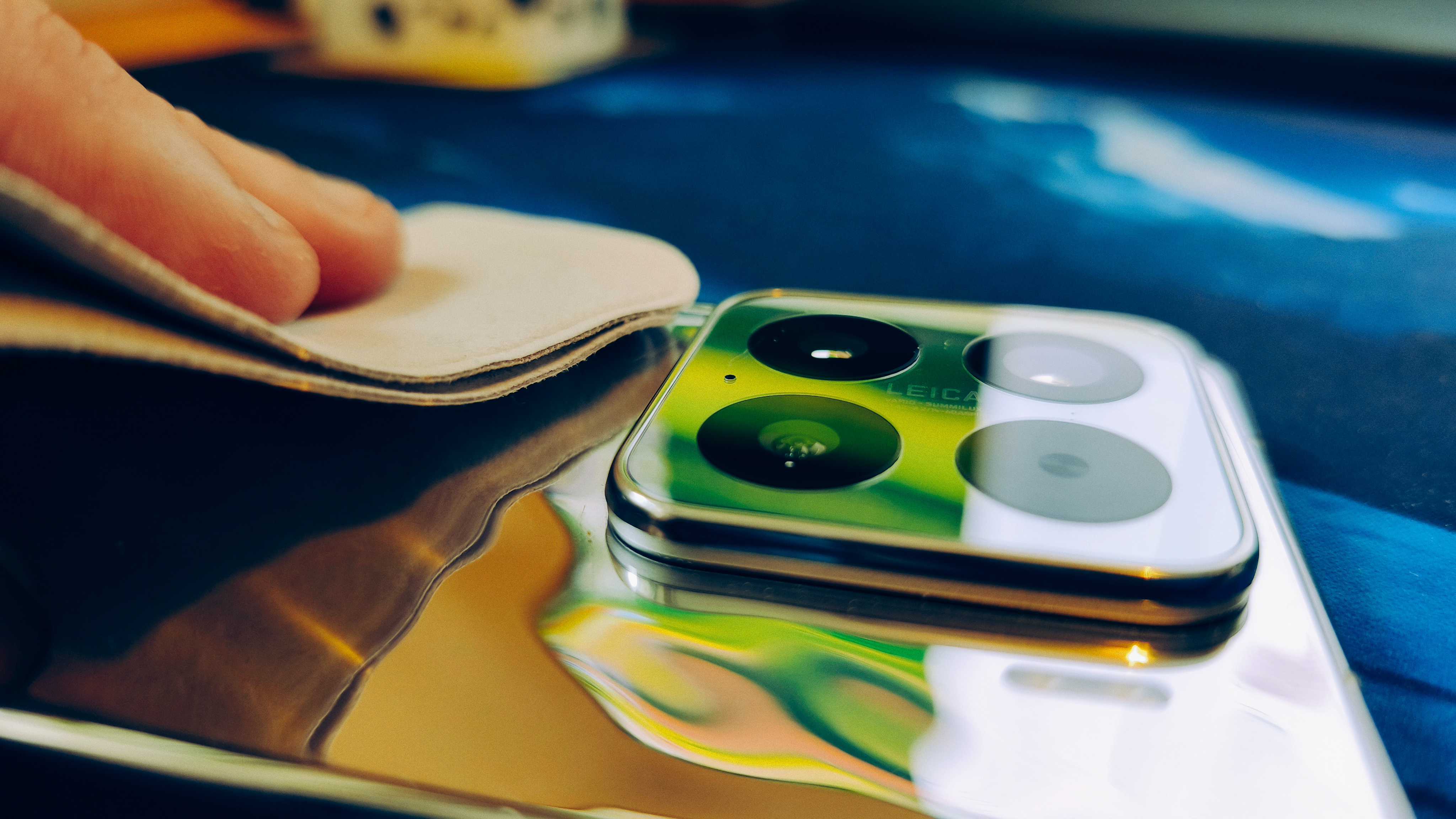
Performance
• Astonishing benchmark results
• Extremely smooth user experience
As you can see in the table above, the Xiaomi 15 not only beats the best of the last generation of camera phones when it comes to CPU and GPU performance; it obliterates it. With CPU scores that beat the existing Android leaders (note: this is before we've got Samsung Galaxy S25 Ultra scores) by over 40% and OpenCL GPU scores that handily outdo last year's flagship Samsung, it's clear that Xiaomi's claims of a 45% uptick in performance are based very much in reality.
Similarly, PC Mark For Android tests show very competitive Work 3.0 scores (a test that wheels through a variety of on-phone tasks), backing up my eye-test sensation that every app loads as fast as its developers can hope it does, that movies run extremely smoothly (with beautifully true blacks and great clarity for such a small screen), and that gaming is a proverbial breeze with the very capable GPU on board.
Furthermore, the storage scores show how Xiaomi has made the most of Snapdragon's latest chipset generation, with storage bandwidth improvements showing a paradigm shift from the previous generation (and on par with or ahead of preliminary online results from headline rivals). And perhaps more impressively, it's taken this lead while catching up to the competition in the battery-life department.
Now that we're looking at CPU scores that rival some laptops we consider "capable" here on Creative Bloq, it may be time to reconsider where to set the bar for future phones...
Performance score: 5/5
Price
• From £899 in the UK
• US availability TBC
The Xiaomi 15 is priced from £899 in the UK, with US availability and prices still to be confirmed at the time of writing. The Xiaomi 15 Ultra is more expensive at £1,299, but the 'basic' one has all the power and camera prowess you need (although I am excited to try out the new quad camera array in the Ultra...), while undercutting Apple and Samsung rivals on price. £899 isn't cheap, mind you, and the Liquid Silver will set you back an extra £100 (plus the several hundreds of thousands you'll spend on microfibre cloths to keep it shiny), but you are getting absolute top-of-the-heap performance in return.
Value score: 4.5/5
Who is it for?
• Serious smartphone photographers and content creators
This Xiaomi 15 will do it all, be it gaming, heavy-duty everything-work-stuff, photo-editing and some very impressive-looking photography and videography, so if you want truly pro-level results from your camera, be it for your professional vlogs or smartphone portraiture, you honestly can't get anything better than this right now.
Design: | Striking look, smudge-prony silver back, great screen | 4.5/5 |
Features: | Packed with latest-gen features | 5/5 |
Cameras: | Stunning cameras across the board, feature-rich camera app | 5/5 |
Performance: | Best in class | 5/5 |
Value: | Undercuts high-profile rivals | 4.5/5 |
Buy it if...
- You are serious about your camera phone content creation
- You want a flagship phone for slightly less
- You can keep that shiny back clean
Don't buy it if...
- A midrange phone will do
- You are married to the iOS ecosystem
- You're a messy eater
out of 10
At first glance, the Xiaomi 15 doesn't look like a massive upgrade from the 14, but delve deeper and you'll find profound improvements from its already sensational predecessor. The camera is as great as ever, with even the base 15 capable of up to 8K video capture, alongside the best portrait/landscape/night/macro photo combo on the market. It's also possibly the most powerful smartphone ever, with a 45-50% jump in CPU performance from the 14 leaving Samsung and other Android rivals scrambling to catch up. Xiaomi is no longer an upstart; it's a true leader.

Erlingur is the Tech Reviews Editor on Creative Bloq. Having worked on magazines devoted to Photoshop, films, history, and science for over 15 years, as well as working on Digital Camera World and Top Ten Reviews in more recent times, Erlingur has developed a passion for finding tech that helps people do their job, whatever it may be. He loves putting things to the test and seeing if they're all hyped up to be, to make sure people are getting what they're promised. Still can't get his wifi-only printer to connect to his computer.
You must confirm your public display name before commenting
Please logout and then login again, you will then be prompted to enter your display name.
